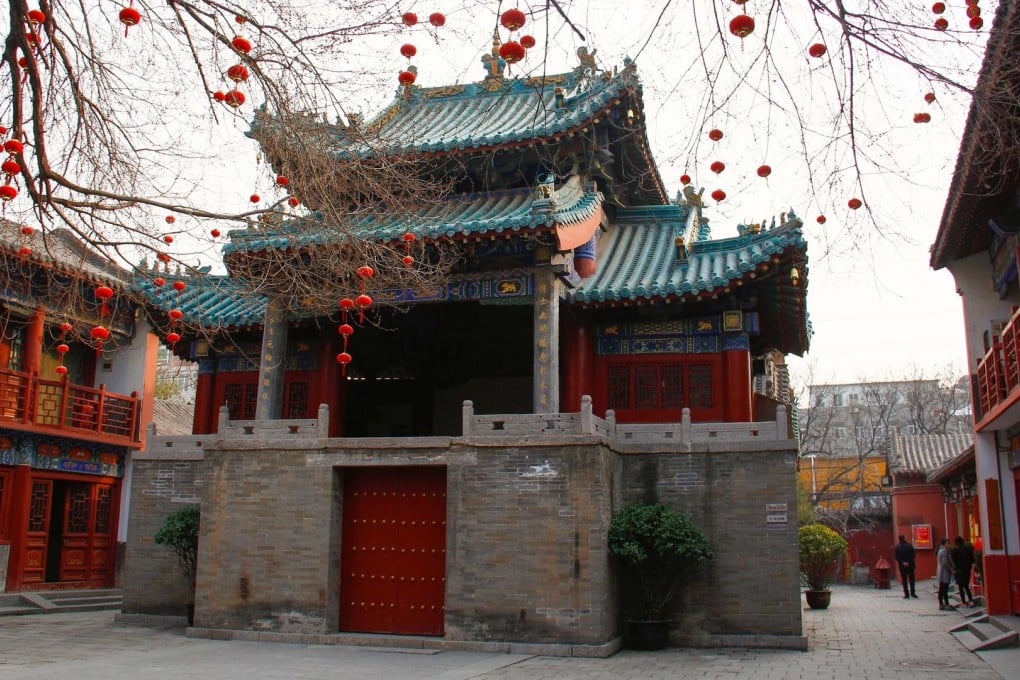Zhengzhou's location has given it a central role in Chinese history for more than 3,500 years
Location made for a political, commercial and cultural hub over centuries, writesWade Shepard

The history of Zhengzhou stretches back over 3,500 years. It is one of China's earliest cities, having grown up between the Yellow and Songshan rivers.
"Zhengzhou is important because of its geographic setting along the Yellow River and in the central plain. Relics show how Chinese people created their culture along the Yellow River, the cradle of Chinese civilisation," says professor Li Xiaobing of the University of Central Oklahoma.
Due to its geographically central position in China, Zhengzhou rose up as a major transport and trading hub during the Sui dynasty, and maintained that role through the Tang dynasty. Its great markets were directly connected to the Yellow River and the rest of China by a complex network of canals, which included the Tongi Canal - the western extension of the Grand Canal stretching from Beijing to Hangzhou - and the city served as a major transport hub for many products, including grain, cotton and peanuts.
Zhengzhou has also long served as a commercial, political and cultural hub. During the Sui and Tang dynasties, the city brought together the agricultural residents of the central plain with the nomads of the north, solidifying the relations between Han people and others within the empire. During the Yuan dynasty, the Mongols brought many people from outside the Chinese empire into Zhengzhou, as "the city became not only a trading centre, but also a cultural exchange centre", according to Li.
The Ming empire tried to revive the city to the majestic position it held during the Tang dynasty, and at the beginning of the Qing dynasty, Zhengzhou regained its role as the centre of China. During the Republican era, the battle for control against warlords centred in the region around Zhengzhou, as it did during the Japanese invasion during the second world war.
In the early 21st century, the city again asserted itself as a hub of commerce for the same reason as in the past - its central location made it a logical location for a major transport junction. This time, however, the thoroughfares were not rivers and canals, but railroads, highways and airports.